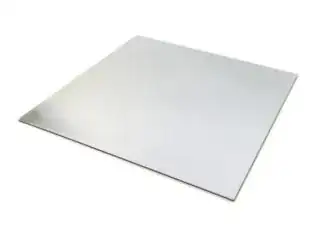I have these frozen mini pizzas which come with a silver piece of cardboard (see image at the end). I disregarded it at first, but then read the cooking instructions and it says that it is a microwave tray, which you put between the pizza and the plate.
What is the purpose of this silver cardboard tray? Does it make any difference, or would the pizza be identical without it?
